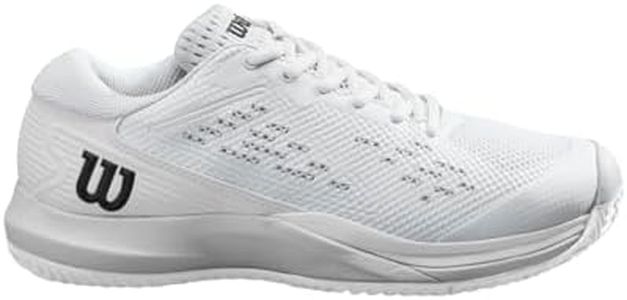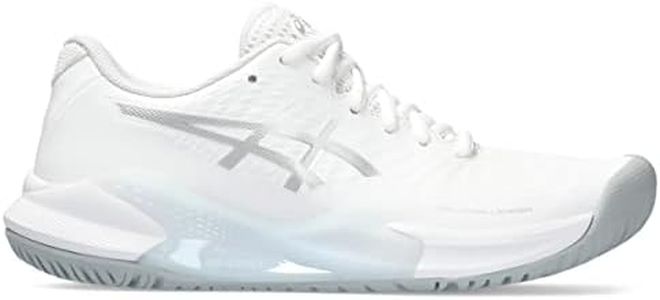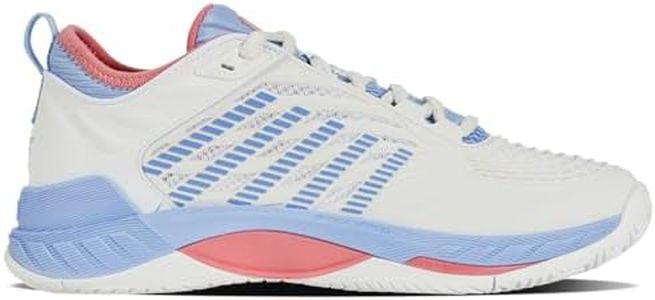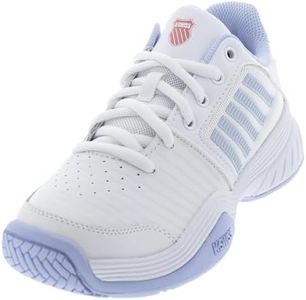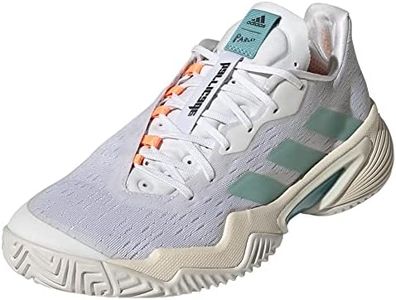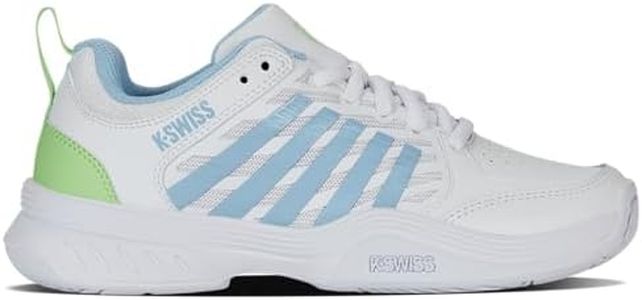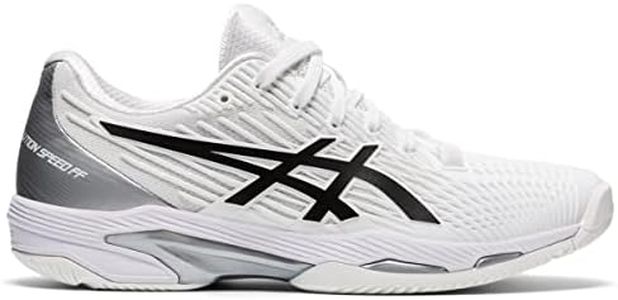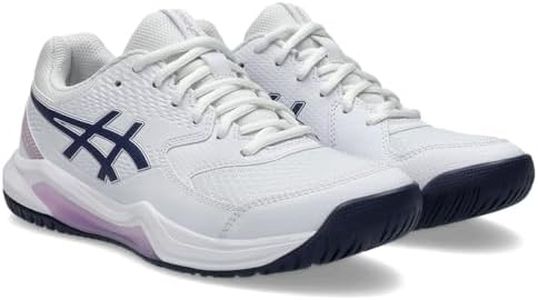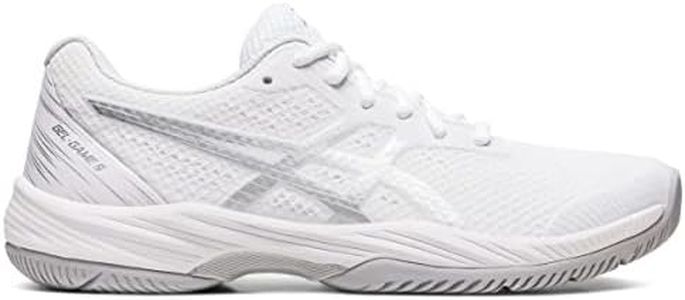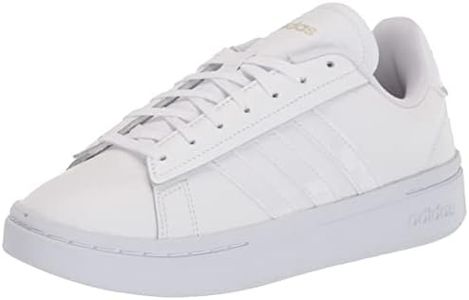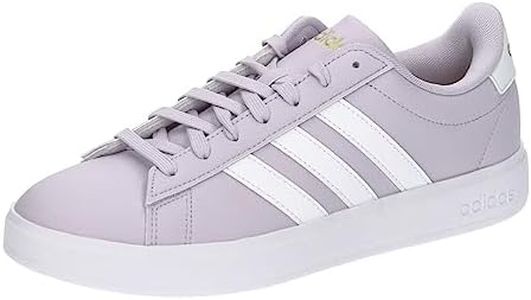We Use CookiesWe use cookies to enhance the security, performance,
functionality and for analytical and promotional activities. By continuing to browse this site you
are agreeing to our privacy policy
10 Best Women's Tennis Shoes
From leading brands and best sellers available on the web.By clicking on a link to a third party's website, log data is shared with that third party.
Buying Guide for the Best Women's Tennis Shoes
Choosing the right women’s tennis shoes is important not just for comfort but also for enhancing your performance and protecting your feet from injuries. The perfect pair should support your style of play, cope with the court type you frequent, and fit your personal comfort preferences. Understanding the core features helps you find a pair that keeps you secure, quick, and comfortable during matches or training.Court Surface CompatibilityThe type of court you play on affects the outsole of the shoe you should choose. Tennis shoes are often designed specifically for hard, clay, or grass courts. Hard court shoes have a durable sole and balanced tread; clay court shoes have a herringbone tread pattern for better grip on loose surfaces; grass court shoes have smaller nubs for traction on slippery grass. Identify your main playing surface and choose accordingly for the right grip and shoe lifespan.
Fit and ComfortFit refers to how well the shoe conforms to your foot, while comfort covers insole cushioning, breathability, and lining softness. Shoes that are too tight or too loose can lead to discomfort or blisters. Sizes and designs differ between brands, so it’s often best to try them on or read user feedback for sizing information. For wide or narrow feet, look for shoes labeled as such. Evaluating your comfort priorities—whether you value plush cushioning, a snug fit, or lightweight feel—will help you select the best shoe.
Stability and SupportTennis involves rapid side-to-side movement, so stability and lateral support are key. Look for shoes with reinforced sides, sturdy construction, and good arch support. Higher stability often means a slightly heavier shoe, but it protects against twisting injuries. Lighter, more flexible shoes suit players who prioritize speed and are less injury-prone. Think about your play style and history: aggressive movers and those with flat feet may need more support.
DurabilityDurability is mainly determined by the outsole material and toughness of the upper. Frequent, intense play or choosing shoes for hard courts calls for highly durable shoes, as these surfaces wear shoes faster. If you play casually or mainly on softer courts, you can trade some extra durability for lighter weight or flexibility. Consider how often you play and how demanding your sessions are.
WeightThe weight of a tennis shoe affects how quickly you can move around the court and how fatigued your legs feel. Lighter shoes make it easier to move swiftly, but heavier shoes may offer extra support and stability. If you value quick movement and agility, opt for lighter shoes. If you prioritize protection and feel secure with a sturdy shoe, a heavier model will serve you well.
BreathabilityBreathability refers to how well the shoe allows air flow, preventing your feet from overheating and reducing sweat build-up. Mesh uppers and ventilation holes help keep your feet cool and dry, especially during long matches or in warmer weather. Players prone to sweaty feet or those in hot climates should prioritize breathability when picking their tennis shoes.
